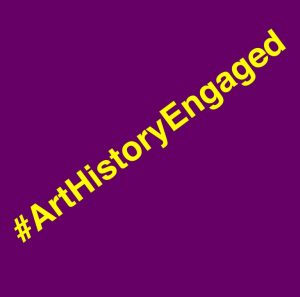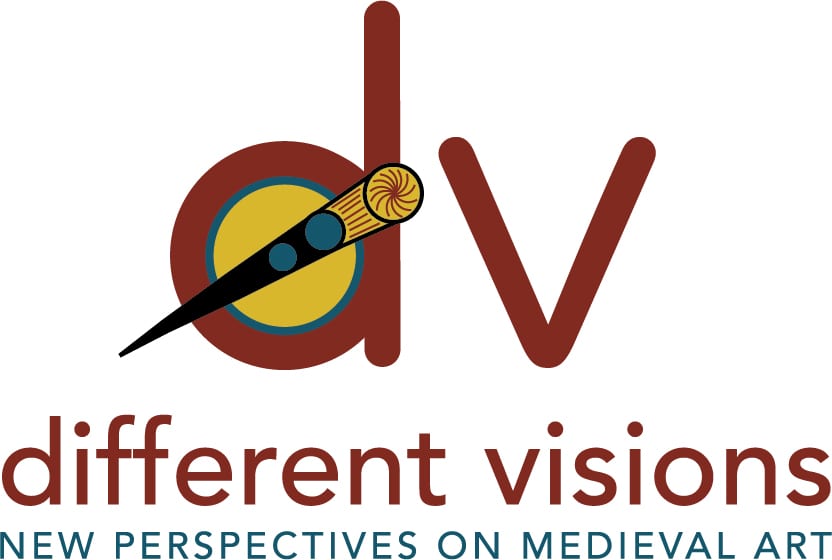SECAC 2015
Smaller conferences often allow for more intimate events and productive conversations, and that was definitely the case at SECAC 2015 in the lovely city of Pittsburgh this past October. It is especially unusual to combine all of art history in a smaller conference; usually such conferences end up focused on our specific subfields. As such, it was exciting to be able to talk about the bigger issues concerning the field with friends and colleagues across art history.
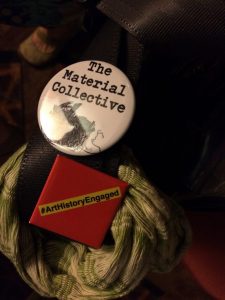
The Material Collective teamed up with Art History That to create an event that would provide the opportunity for those interested to participate in a conversation about how we might begin to collaborate and organize in an effort to promote socially engaged art history. The event was shaped in conjunction with the excellent SECAC session “Socially Engaged Art History.” Art History That creators Amy Hamlin and Karen Leader participated in this inspiring and thought-provoking session, and have written a terrific summary of their experience here.
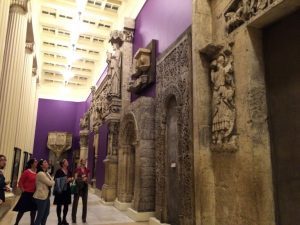
Art historians touring the plaster casts collection at the Carnegie Museum of Art.
I also happen currently to be the Faculty Fellow for Community Engagement in my university’s College of Arts and Sciences, and just before SECAC I attended my first conference on Community Engaged Scholarship. This informed not only our initiative #ArtHistoryEngaged, but also framed my approach to the conference as a whole, influencing which sessions caught my attention. In the wonderful “Socially Engaged Art History” session organized by Cindy Persinger and Azar Rejaie, I learned that speaker Laura Holzman was a designated “Public Scholar” at her university, (her full title is Assistant Professor and Public Scholar, Curatorial Practices and Visual Art at Indiana University-Purdue University Indianapolis). This sparked some great questions at the conference and in our tweets, but also gave me something exciting and tangible to bring back to my university as a future model. The conference featured a number of sessions that focused on issues concerning art history across the discipline. In addition to “Socially Engaged Art History,” I also attended a great session on “Reconfiguring Knowledge: Making the Digital Humanities Visual” chaired by John Taormina, and heard good things about the session “Surveying the Survey: Assignments, Pedagogy, and Practices” chaired by Mary Slavkin.
Indeed, several sessions got me thinking about how exciting it was to be learning about various examples of community-engaged scholarship at an art and art history conference rather than a conference focused on community engagement.
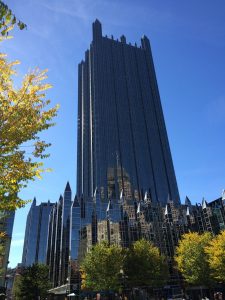
Philip Johnson goes medieval with the PPG Industries building in downtown Pittsburgh.
The conference ended for us with the thought-provoking papers in our session on “Industrious Materials: Bridging Art and Industry,” which I organized with Louise Siddons. Although not explicitly a pedagogical or activist session, we did find ourselves consistently returning to the complex relationships between the art world and the commercial world, which was often overtly reinforced by the downtown business district in which the conference hotel was located. In fact, inspired in part by the landscape of Pittsburgh, the session sought to explore the material connections between industry and art. How has industry—its processes, products, and capital—been implicated in the process of making, rather than in the distribution of its results? How have connections between artists and industrial products, or between industrialists and artworks, historically been made material—and to what ends? Our four speakers—John Ott, Amanda Douberley, Susanneh Bieber, and Grace Converse—provided much for us to chew on as we explored the complex transformations of money and materials, morality and mastery.
#ArtHistoryEngaged
But I think the most productive (and seriously entertaining) event at SECAC was our extra-curricular #ArtHistoryEngaged conversation. Over drinks and snacks in the hotel restaurant, we met new people, brainstormed strategies, played Art History Charades, and considered the future of our discipline. We hope all who attended felt energized by the ideas that were generated and by the great potential that exists for getting art history more engaged in our communities.
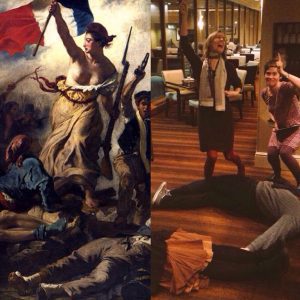
Art History Charades!
Charades was certainly memorable (and the photo documentation only gives you a taste of how much fun it was!) but I think the most important take away was that this is a movement that cannot be created overnight or at one conference. The people who participated in our conversation are all clearly committed to new initiatives and welcoming change, and as a result, we believe this is only the beginning. We hope everyone will continue to use #ArtHistoryEngaged to share your own ideas and forays into socially engaged art history, to promote this initiative across media platforms and with different publics, and to spread the opportunity for this larger conversation at each and every conference we attend.
And to get a taste of the #ArtHistoryEngaged at SECAC, feel free to check out our tweets and posts on Instagram during the conference (21-24 October 2015).
COMING UP: Friday at CAA 2016!!
The collaboration between the Material Collective and Art History That has only just begun, and it was a fabulous beginning. We are now plotting a similar event for the upcoming CAA conference in DC, and welcome suggestions for how to keep these conversations going (on Friday evening, Feb. 5). Keep an eye out for The Material Collective’s session at this year’s CAA, precisely intended to encourage dialogue across the field’s temporal and geographical areas by focusing on the potential of comparative art history (Thursday, Feb. 4, 2pm). And Amy Hamlin and Karen Leader of Art History That, both also members of CAA’s Task Force on Advocacy, will be part of the Open Forum on Advocacy Issues (Friday, Feb. 5 at 12:30pm). For the full CAA Conference schedule, click here.
Please join us on Facebook, Twitter, Instagram, or in person in Washington, and let us know how you would like to see #ArtHistoryEngaged!
